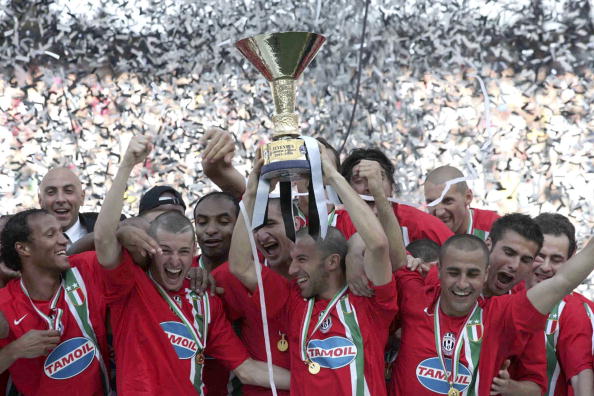Football match-fixing on rise as ‘lone wolves’ take it to lower leagues and even youth level

It is almost 30 years since Bernard Tapie’s Marseille were found to be match-fixing in French football and more than 15 since the Calciopoli scandal rocked Serie A.
Yet far from being consigned to the past, the manipulation of results is on the rise across sport and becoming more prevalent outside of football’s top divisions, with evidence that is even spreading to youth level.
It is being driven by the sheer number of betting markets available even for relatively minor fixtures and, experts have warned, is likely to continue increasing.
The latest research compiled by global data specialists Sportradar makes for sobering reading.
In a study of 10 different sports last year, it found that the number of matches that attracted suspicious betting patterns was the highest in its 17 years of compiling the figures.
Football had the highest frequency of suspicious matches, with 694 detected by Sportradar – or almost one in every 200 games.
“The threat of match-fixing within football remains consistently high due to its global popularity and high volume of matches taking place 24/7,” said Andreas Krannich, the company’s managing director, integrity services.
“It’s the No1 betting sport worldwide, accounting for 51 per cent of the total 2021 betting turnover stake. These are just some of the reasons why we’re seeing a frequency of suspicious matches at a rate of one in every 201 fixtures.
While football’s most famous match-fixing episodes took place at the highest levels, the second tiers have historically featured the most corruption.
Those games are high-profile enough to have fairly liquid betting markets, yet the individuals involved may not have salaries that make them immune to temptation by illicit payments.
Increasingly, however, it is spreading down the leagues and last year half of cases identified by Sportradar were in the third tier or lower, including some at regional level and in under-21 competitions.
“At this level there isn’t always the same level of integrity infrastructure in place to safeguard against would-be corruptors,” said Krannich.
“It’s a vulnerability further increased by the negative financial impact of the Covid pandemic, which in particular hit smaller leagues.”
Suspicious betting patterns in football tend to affect some markets more than others.
In-play markets are targeted far more than pre-match markets, and suspected fixing happens most frequently in the first 15 minutes of play.
Combined result bets – in which a team must lose by a specific margin – are the most popular means of manipulating the outcome of matches.
Last year’s corrupt activity alone generated €165m in profit for football match-fixers, Sportradar estimates.
It forecasts the problem to grow further throughout sport in 2022, as a new breed of match-fixer replaces the high-powered club executives and notorious Asian betting syndicates.
“We’re now seeing a shift towards lone wolf fixers who randomly contact a high volume of players directly via social media to fix matches,” said Krannich.
“This is something that governing bodies need to take more notice of and provide their players and athletes with the tools to protect their integrity and the integrity of their sport.”
